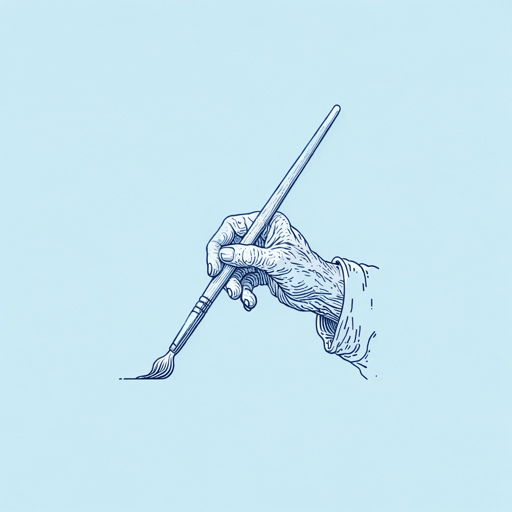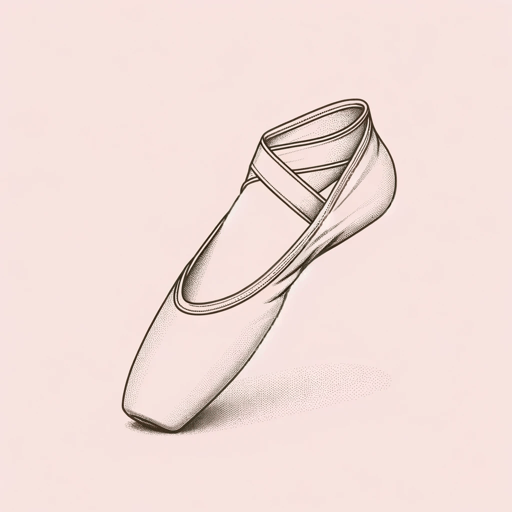29 pages • 58 minutes read
Kurt Vonnegut Jr.2 B R 0 2 B
Fiction | Short Story | Adult | Published in 1962A modern alternative to SparkNotes and CliffsNotes, SuperSummary offers high-quality Study Guides with detailed chapter summaries and analysis of major themes, characters, and more.
Summary and Study Guide
Summary: “2 B R 0 2 B”
“2 B R 0 2 B” by American author Kurt Vonnegut is a short science fiction story that uses dark humor and satire to navigate themes of Dystopia/Utopia and Societies of Control, Agency, and Sacrifice, addressing concepts such as overpopulation, global resource management, and the function of art. The title is pronounced “2 B R naught 2 B,” referencing the opening lines of Hamlet’s famous soliloquy in William Shakespeare’s Hamlet, in which the character contemplates his suicide. First published in the magazine If: Worlds of Science Fiction for the January 1962 issue, the short story follows both Edward K. Wehling Jr. as he waits for his wife to give birth to triplets in a Chicago hospital and an old man painting a mural on the waiting room wall. This scene takes place in a seemingly utopian world in which there is no disease, crime, poverty, aging, or involuntary death.
Vonnegut is best known for his novel Slaughterhouse-Five, which was extremely popular for its anti-war sentiments when it was published in 1969 at the height of the Vietnam War. Famous for his contributions to the genre of science fiction and postmodern literature, Vonnegut published 14 novels, three short story collections, five plays, five nonfiction works, and a wide variety of short stories in magazines and journals. Vonnegut often employs irony, dark humor, and satire to comment on war, religion, politics, and free will. Throughout his career, he held a staunch anti-war stance, generally supported socialism, and regarded himself as a humanist. His views, as expressed in his works, often caused public controversy. Slaughterhouse-Five has been the subject of several book bans and removals across school districts. Though sometimes dealing with controversial themes, Vonnegut’s works often espouse peace, kindness, decency, and reason.
This guide refers to the version of the text that is freely available on Project Gutenberg.
Content Warning: This guide and the source material discuss suicide and suicidal ideation and references to the Holocaust.
Vonnegut employs a third-person point of view in “2 B R 0 2 B” that mostly follows the events in a Chicago hospital waiting room. Edward K. Wehling Jr. is anxiously waiting for his wife to give birth to triplets. At the same time, an old man is painting a mural that depicts the doctors and nurses working in a well-organized garden. The room is being redecorated to memorialize a man who volunteered to die.
In the story’s world, poverty, disease, crime, and aging have all ceased to exist. The population is capped at 40 million in the US, and very few babies are born. No one dies unless they volunteer to do so. For this reason, the average age of the population is 129, and Wehling is considered young at the age of 56. The old man painting the mural is 200, though he looks as if he is 35—the age he was when scientists discovered how to stop the aging process.
A hospital orderly walks toward the waiting room quietly singing a popular song that cheerfully and matter-of-factly discusses suicide. The last two rhymes of the song are “If you don’t want my lovin’ / Why should I take up all this space? / I’ll get off this old planet, / Let some sweet baby have my place” (Paragraph 16). Using this song, Vonnegut first implicitly introduces the idea that the ageless population is managed by tying new births to suicides.
The orderly walks up to the muralist and comments that the mural looks so realistic that he can imagine himself in it. The muralist responds that the orderly might be. The title of the mural is “The Happy Garden of Life,” and it includes Dr. Benjamin Hitz, the hospital’s handsome chief obstetrician and the progenitor of the first gas chamber in Chicago that allows for assisted suicide.
The orderly and the muralist continue talking. The orderly tries to make conversation with the muralist, commenting that there are still many blank spaces to fill in, where the faces of important people on the hospital staff and from the Chicago Office of the Federal Bureau of Termination are to go. He also comments that it must be nice to paint such pictures. The muralist is caustic and says that he doesn’t think his mural is a good depiction of life. Instead, he points to a dirty drop cloth lying on the floor as a more honest depiction of life. The orderly responds that the muralist can always call the number “2 B R 0 2 B.” The narrator explains that this is the number that people call to reach the municipal gas chambers that provide assisted suicide.
The muralist says that he won’t use the gas chambers when it’s his time to go. The orderly criticizes the muralist for not having consideration for the people who will then have to clean up the mess that the muralist will leave when he dies. The muralist responds that he thinks the world could be messier. Wehling is mentioned for the first time during the conversation, but he does not contribute to the conversation. He only mumbles. The orderly laughs in response to the muralist, and leaves. He is replaced by a woman dressed in purple with a bag that has the seal of the Service Division of the Federal Bureau of Termination on it.
The woman’s name is Leora Duncan, and she is there to be painted into the mural, which she comments is beautiful. After some sardonic comments, the muralist asks her which body she would like her face painted on. Leora says she doesn’t care, and the muralist suggests a body of a woman who is carrying sticks to a trash-burner. Leora responds that she doesn’t do disposal; she works in service. The muralist then suggests that she be a woman in purple sawing off a dead branch. Leora is delighted to be painted next to Dr. Hitz, whom she says she admires for setting up the first gas chamber in Chicago. She resonates with the woman sawing off the limb of the branch, which Leora thinks is similar to what she does, which is to make people comfortable when she kills them.
As Leora is posing for the muralist, Dr. Hitz walks into the room, has an amiable conversation with Leora who is bashful and honored, and announces that triplets were just born. The narrator explains that the law requires that for a child to survive, the parents must find a volunteer to die so that the child can take their place. Leora asks whether the parents have three volunteers and Dr. Hitz tells her that so far they only have one. Dr. Hitz then informs Wehling of the triplets and comments that Wehling doesn’t seem happy. Wehling asks sarcastically why anyone in his shoes wouldn’t be happy in a situation where he has to choose which one of his triplets will live and then take his grandfather to the gas chamber.
Dr. Hitz is upset with Wehling and lectures him about when the Earth was overpopulated with 20 billion people in the year 2000. At that time, there was not enough drinking water or food, but people insisted on their rights to reproduce and live forever. Wehling retorts that he wants all his children and his grandfather to live. Dr. Hitz tells him graciously and optimistically that the child he chooses will live a happy life on a clean planet with lots of space because of population control.
Wehling pulls out a revolver and shoots Dr. Hitz, commenting that there’s room for one more kid now. He then shoots Leora, announcing that there’s now room for two, and then he shoots himself, making room for all his children.
The painter thinks about the impossible question of overpopulation and the desire to live and to multiply. He realizes he will never paint again and picks up the pistol from Wehling’s hand, but instead of using it, he dials the “2 B R 0 2 B” number and makes an appointment with the Federal Bureau of Termination for later that afternoon. The story ends with the Bureau hostess thanking the muralist for Chicago, the US, the planet, and future generations.








Related Titles
By Kurt Vonnegut Jr.













